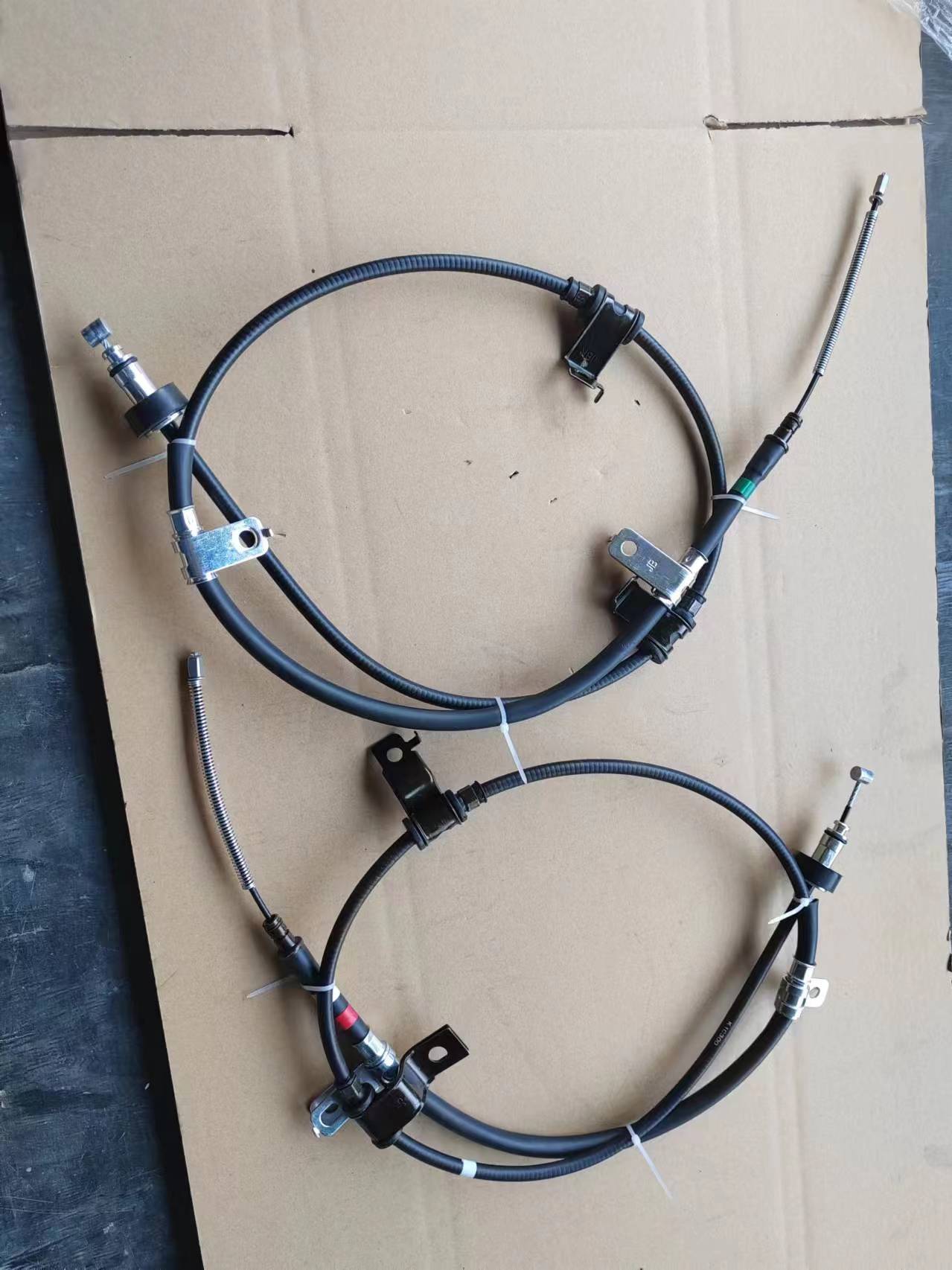Hydraulic Clutch Line for Enhanced Performance and Reliability in Vehicle Systems
Understanding the Hydraulic Clutch Pipe Functionality and Importance
The hydraulic clutch system is a crucial component in modern vehicles, providing smooth engagement and disengagement of the clutch. At the heart of this system is the hydraulic clutch pipe, an often overlooked element that plays a vital role in ensuring the optimal functioning of a vehicle's transmission system. In this article, we will explore the function, construction, maintenance, and significance of the hydraulic clutch pipe.
What is a Hydraulic Clutch Pipe?
The hydraulic clutch pipe, also known as the hydraulic line or clutch line, serves as the conduit for hydraulic fluid between the master cylinder and slave cylinder in a hydraulic clutch system. This pipe is responsible for transmitting the force exerted on the clutch pedal to the clutch assembly itself, allowing for precise control over the engagement and disengagement of the clutch plates.
How Does It Work?
When the driver presses the clutch pedal, the master cylinder generates hydraulic pressure by compressing the hydraulic fluid contained within it. This pressure travels through the hydraulic pipe to the slave cylinder, where it activates a piston. The movement of this piston pushes against the clutch release fork, disengaging the clutch plates from the engine's flywheel. This process allows for easier shifting of gears, as the engine and transmission are temporarily disconnected.
Construction of the Hydraulic Clutch Pipe
Typically made from durable materials such as rubber or steel, hydraulic clutch pipes are designed to withstand high pressure and extreme temperatures. The inner lining of the pipe must be resistant to hydraulic fluid, ensuring no leaks occur during operation. Many modern vehicles use flexible hoses that can accommodate movement and vibrations, enhancing the reliability of the system.
The construction of the hydraulic clutch pipe also includes connections at both ends, which may feature threaded fittings or quick-connect couplings
. These connections are crucial for maintaining a secure seal and preventing fluid loss, which could lead to clutch failure.hydraulic clutch pipe

Importance of Maintenance
Maintaining the hydraulic clutch pipe is essential for ensuring the longevity and reliability of the hydraulic clutch system. Regular inspections should include checking for signs of wear, such as cracks, leaks, and deteriorating rubber. Any damage to the hydraulic pipe must be addressed immediately, as a compromised pipe can lead to a complete loss of clutch function, making the vehicle undrivable.
Flushing and replacing the hydraulic fluid at recommended intervals is also an important maintenance practice. Over time, the hydraulic fluid can become contaminated, which may affect the performance of the clutch system. Regular fluid changes help maintain optimal hydraulic pressure and ensure the smooth operation of the clutch.
Signs of Hydraulic Clutch Pipe Issues
Drivers should be aware of several symptoms indicating potential issues with the hydraulic clutch pipe. These may include
1. Difficulty in engaging or disengaging the clutch A spongy or unresponsive clutch pedal can indicate a leak or air trapped in the hydraulic system. 2. Fluid leaks Puddles of hydraulic fluid under the vehicle or wet spots around the clutch components may point to a rupture in the hydraulic pipe. 3. Burning smell or unusual noises Overheating or frequent grinding when changing gears can occur if the clutch system is not operating correctly due to hydraulic issues.
Conclusion
In summary, the hydraulic clutch pipe is a critical component in the hydraulic clutch system, ensuring effective communication and control between the clutch pedal and the clutch assembly. Understanding its function, maintenance needs, and signs of potential issues can help drivers take proactive steps to maintain their vehicle’s performance. Regular inspection and timely repairs not only prolong the life of the hydraulic clutch system but also enhance the overall driving experience by ensuring smooth and efficient gear changes. Proper attention to the hydraulic clutch pipe, therefore, is essential for any vehicle owner seeking a reliable driving performance.
-
Workings of Clutch Pipe and Hose SystemsNewsJun.04,2025
-
The Inner Workings of Hand Brake Cable SystemsNewsJun.04,2025
-
The Secrets of Throttle and Accelerator CablesNewsJun.04,2025
-
The Hidden Lifeline of Your Transmission Gear Shift CablesNewsJun.04,2025
-
Demystifying Gear Cables and Shift LinkagesNewsJun.04,2025
-
Decoding Clutch Line Systems A Comprehensive GuideNewsJun.04,2025
